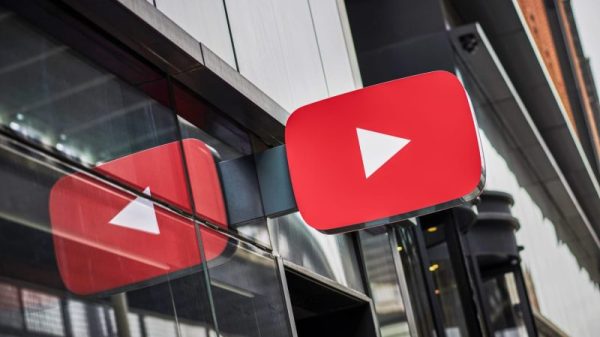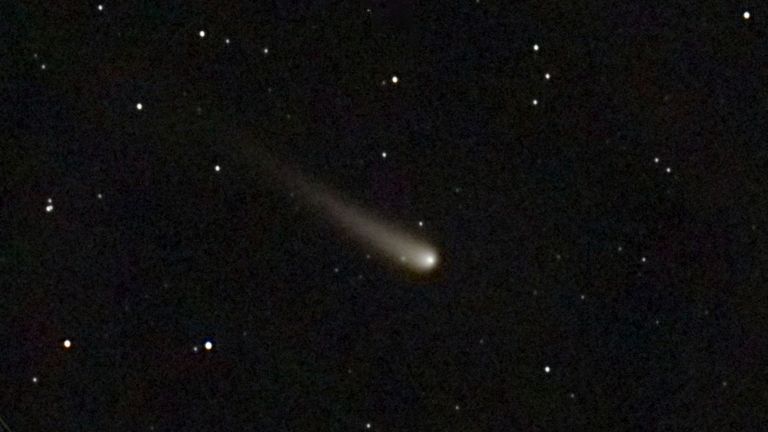Stargazers will have the chance to spot what could be the most impressive comet of the year for the next couple of weeks.
Comet A3, also known as Tsuchinshan-ATLAS, has come to be known as the “comet of the century” by excited astronomers, such is the anticipation about how bright and visible it might be.
People in the southern hemisphere have already had a glimpse of the comet, but, from Saturday as it comes to within approximately 44 million miles of Earth, it could also be seen in the northern hemisphere.
So what is Comet A3 and how likely are we to get a good view of it?
When was it discovered?
The comet was discovered independently in January 2023 by two observatories – China’s Tsuchinshan (Purple Mountain) Observatory and South Africa’s ATLAS (Asteroid Terrestrial-impact Last Alert System) – and was named after them.
It visits the inner solar system roughly every 80,000 years, so it would last have been visible from Earth when the Neanderthals were walking the planet.
Where is it from?
It comes from a place called the Oort Cloud, which, according to Dr Robert Massey of the Royal Astronomical Society (RAS), is “an incredibly large” distance from Earth, much further away than the planets and asteroids we are used to seeing.
The Oort Cloud is a giant spherical shell surrounding our solar system which is home to billions of objects, including comets.
When can it be seen?
It was visible between 27 September and 2 October, but a better chance to see it comes from 12 to 30 October.
NASA astronomer Bill Cooke said the best approach is to “choose a dark vantage point just after full nightfall and look to the southwest.
“And savour the view,” he added, because by early November, the comet will be gone again for the next 800 centuries.
How bright could it be?
Dr Massey warned that the “comet of the century” may prove to be no more than a nickname.
He said it’ll be a “nice comet” but probably less visible than NEOWISE was in 2020 or Hale-Bopp in the late 1990s – and many stargazers remember the latter as being a “really dazzling object”.
Mr Cooke said comets are often hard to predict because they’re extended objects.
He said if there is a lot of forward scattering – causing sunlight to bounce more intensely off all the gas and debris in the comet’s tail and its coma, it can make them easier for observers to see.
Can I get a picture of it?
Dr Massey suggests using “a good DSLR (digital single-lens reflex) camera” and trying for a set of exposures, as a lot of astrophotographers do.
If you have a good mobile phone camera and a small telescope, he said, you can “hold the mobile phone against the eyepiece of the telescope and try to take a picture that way”.
Dr Massey said that method “worked well with comets like NEOWISE and it might work well with this one, depending on how bright it is”.
“And if it’s genuinely easy to spot, you might be able to pick up your mobile phone, rest on something, and just point and shoot,” he added.
What will happen to it afterwards?
Mr Cooke said Comet A3 isn’t expected to pass too near the planets, but eventually “could be flung out of our solar system – like a stone from a sling – due to the gravitational influence of other worlds and its own tenuous bond with the sun”.
But he said he “learned a long time ago not to gamble on comets. We’ll have to wait and see”.



























